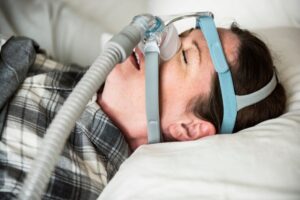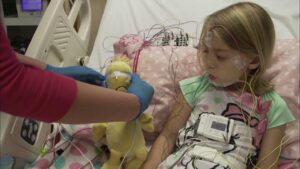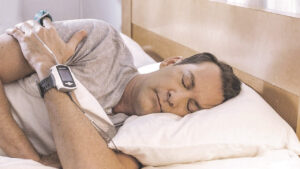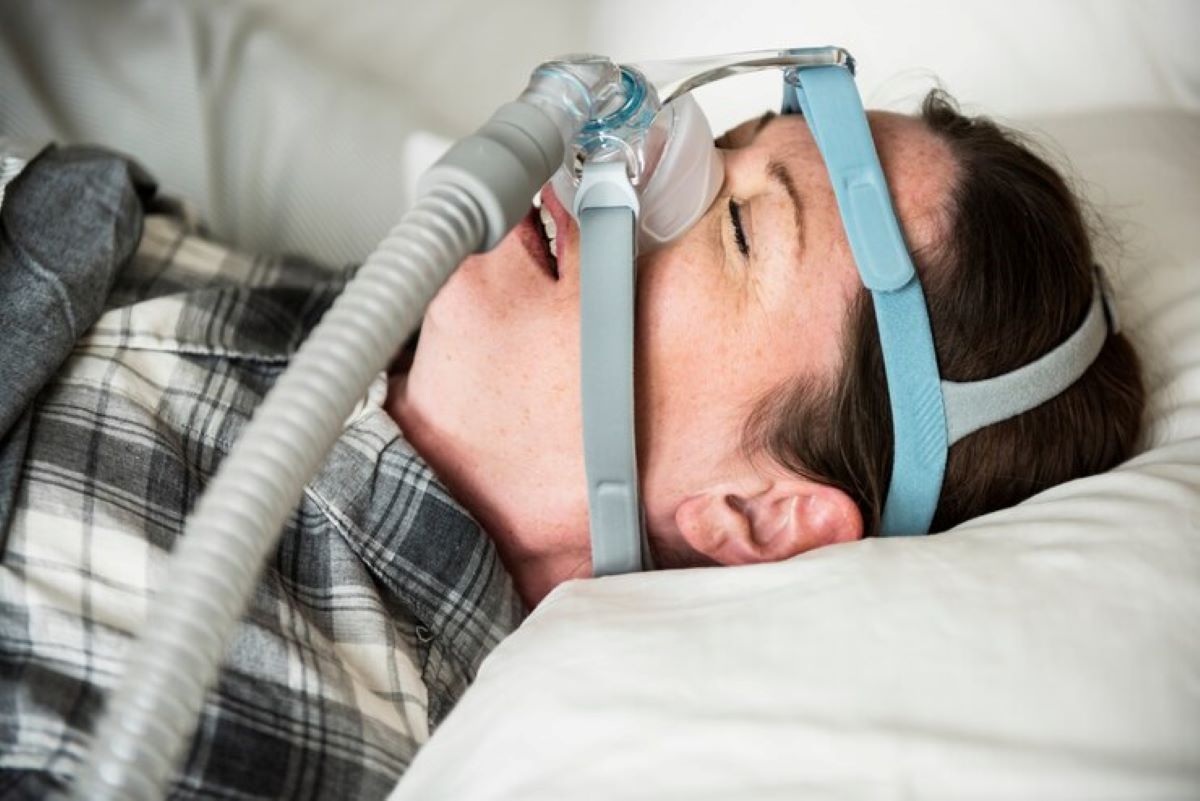
Sleep is essential for overall health, yet millions of adults struggle with sleep apnea—a common sleep disorder that disrupts breathing during rest. Continuous Positive Airway Pressure (CPAP) machines have become the gold standard for managing sleep apnea. Not only do they improve sleep quality, but they also prevent serious complications that can affect your heart, energy levels, and long-term health.
In this article, we explore how CPAP therapy works, its benefits, and practical tips to maximize its effectiveness.
Understanding Sleep Apnea
Sleep apnea is a condition where the airway becomes partially or completely blocked during sleep, causing breathing interruptions. These pauses, known as apneas, reduce oxygen flow to the body and strain vital organs, including the heart.
Common Symptoms of Sleep Apnea:
- Loud, persistent snoring
- Gasping or choking during sleep
- Daytime fatigue and difficulty concentrating
- Morning headaches
- Irritability or mood changes
Untreated sleep apnea is linked to high blood pressure, cardiovascular disease, diabetes, and an increased risk of accidents due to daytime drowsiness. This is why early detection through a sleep study and treatment is critical.
How CPAP Machines Work
A CPAP machine delivers a steady stream of pressurized air through a mask, keeping the airway open throughout the night. This simple mechanism prevents apneas, allowing for continuous oxygen flow and uninterrupted sleep cycles.
Real-World Example:
John, a 52-year-old man with moderate sleep apnea, used to wake up multiple times at night gasping for air. After starting CPAP therapy, his nighttime awakenings stopped, he felt more energetic during the day, and his blood pressure improved.
Benefits of CPAP Therapy
1. Improves Sleep Quality
By maintaining an open airway, CPAP machines allow you to reach deep, restorative sleep stages. Patients often report:
- Feeling refreshed in the morning
- Reduced daytime sleepiness
- Improved cognitive function and focus
2. Reduces Risk of Cardiovascular Complications
Sleep apnea increases strain on the heart due to repeated oxygen drops. CPAP therapy:
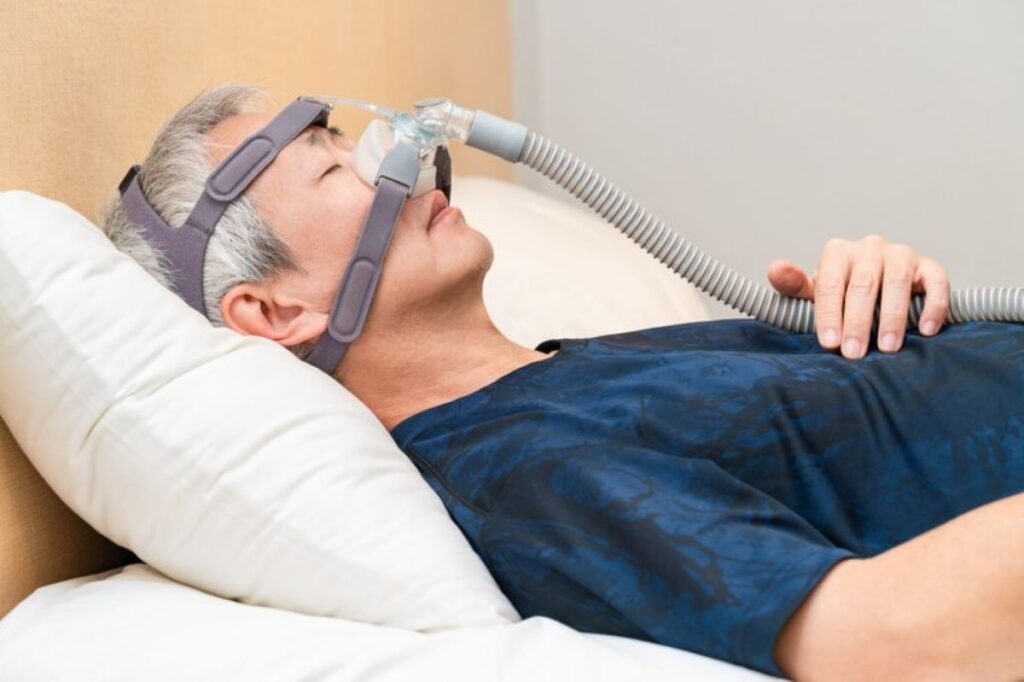
- Lowers blood pressure
- Reduces irregular heartbeats
- Minimizes risk of heart attack and stroke
3. Enhances Overall Sleep Health
Consistent CPAP use improves sleep health and contributes to better mood, energy, and long-term wellness.
Getting Started with CPAP Therapy
Starting CPAP therapy can feel challenging, but with the right approach, it becomes part of a healthy sleep routine.
Tips for New Users:
- Choose the right mask: Full-face, nasal, or nasal pillow masks ensure comfort and proper airflow.
- Use a humidifier: Moist air prevents nasal dryness and irritation.
- Clean the machine regularly: Hygiene helps maintain optimal performance and prevents infections.
- Sleep on your side: Side sleeping can enhance airflow and reduce snoring.
- Track your progress: Many CPAP machines record usage and performance data for your sleep specialist to review.
Lifestyle Changes That Complement CPAP Therapy
While CPAP is highly effective, certain lifestyle changes can further improve sleep apnea symptoms:
- Maintain a healthy weight
- Avoid alcohol and sedatives before bed
- Exercise regularly
- Follow a consistent sleep schedule
- Avoid heavy meals close to bedtime
Combining CPAP therapy with these adjustments ensures maximum improvement in sleep quality and overall health.
The Role of Sleep Studies
A sleep study is essential to diagnose sleep apnea and determine the right CPAP settings. During the study, specialists monitor oxygen levels, heart rate, breathing patterns, and sleep cycles. Results guide personalized therapy, ensuring effective treatment.
Conclusion
CPAP machines are more than just a sleep aid—they are a critical tool in preventing the serious complications of sleep apnea. By improving oxygen flow, restoring uninterrupted sleep, and reducing strain on the heart, CPAP therapy enhances both sleep quality and overall health. Coupled with lifestyle changes and regular medical guidance, CPAP ensures long-term protection against the dangers of untreated sleep apnea.
If you suspect you have sleep apnea or struggle with poor sleep, consult a sleep specialist. Early intervention through a sleep study and CPAP therapy can make a lasting difference in your health and quality of life.
FAQS
A CPAP machine delivers constant air pressure through a mask, keeping your airway open while you sleep. This prevents pauses in breathing, improves oxygen flow, and helps you achieve deeper, more restorative sleep without interruptions.
Yes. Many people notice better focus, energy, and alertness after using a CPAP machine consistently. By eliminating nighttime breathing disruptions, your body gets the deep, quality sleep needed to recharge fully and reduce excessive daytime sleepiness.
Some users experience mild side effects such as nasal dryness, mask discomfort, or air leakage. These are easily managed with proper mask fitting, humidifiers, or consulting a sleep specialist to adjust pressure settings for optimal comfort.
Many users notice improvements in sleep quality and energy levels within the first few days. However, consistent use is key. Most sleep specialists recommend using CPAP every night to achieve long-term benefits for heart health and breathing.

